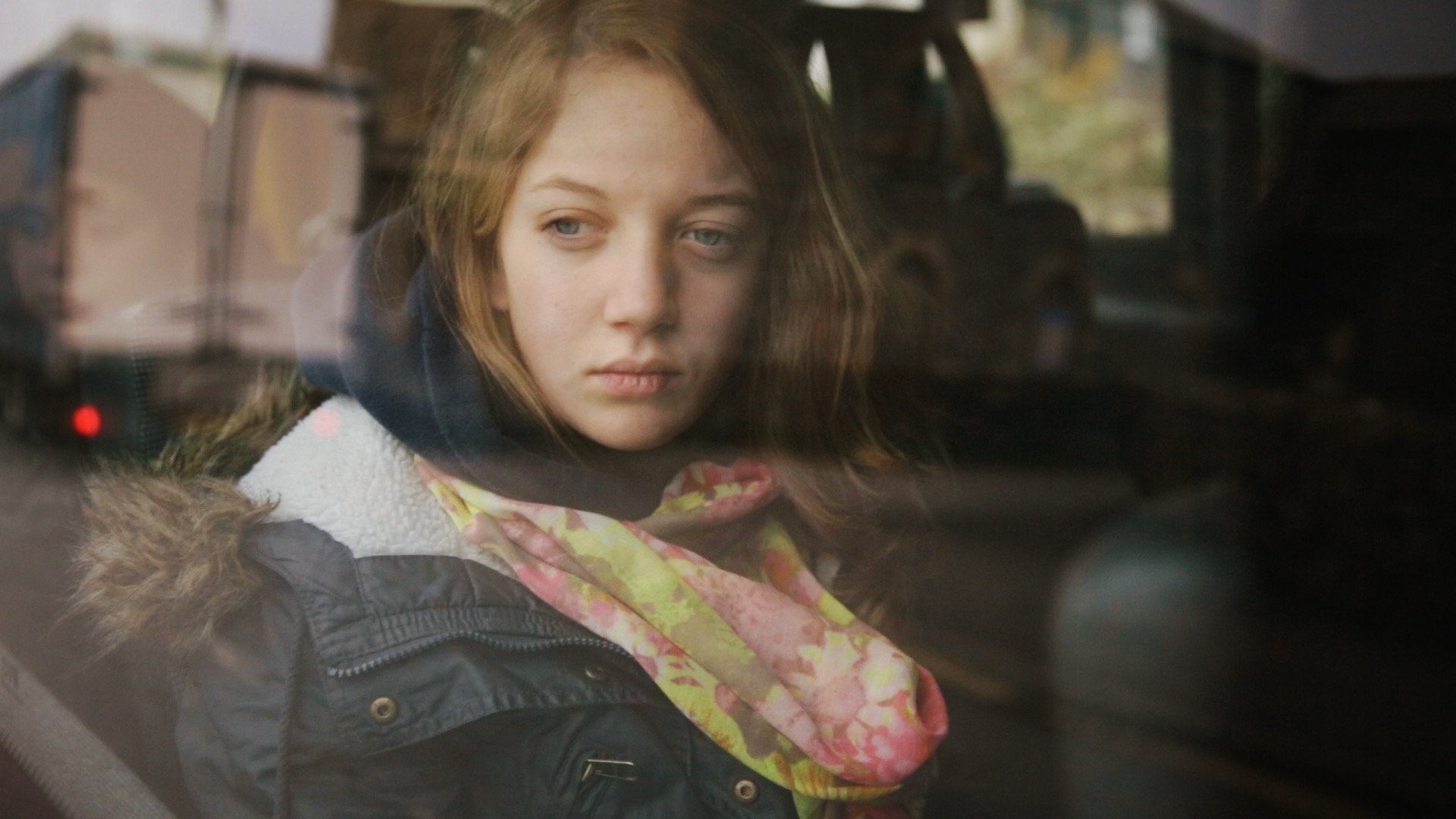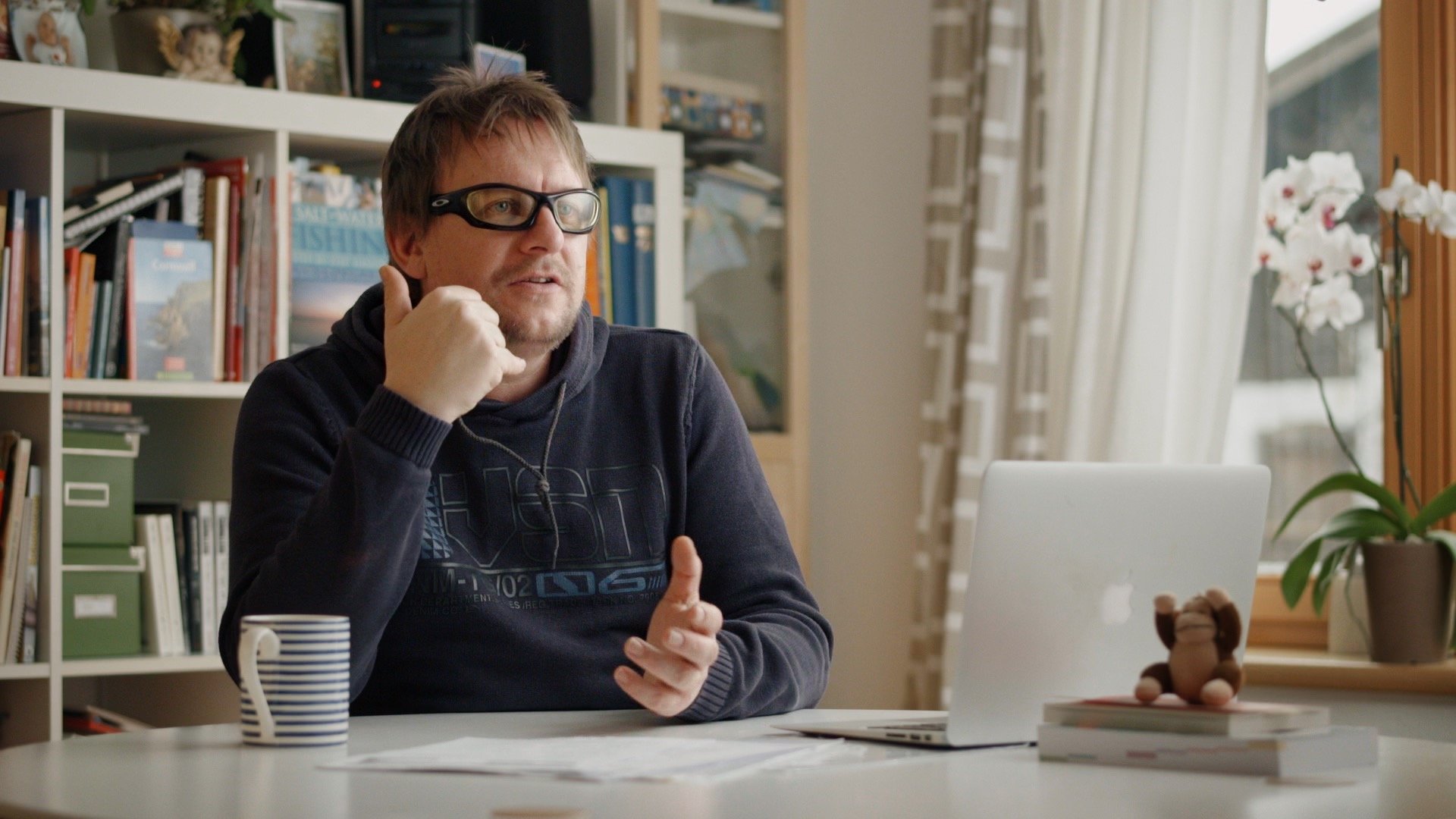
Last Fisherman
Feature Documentary
The story of the last traditional fisherman on the Rame Peninsula in Cornwall, England. Dedicated in loving memory of my dear friend, mentor, and producer, Leo Kaserer.
Last Fisherman
Project: Feature documentary film
Role: Director/DP
Producer: Leo Kaserer
Format: Theatrical and Broadcast
Camera: Canon C300 / Sony F3
Lighting: Kinflow Tubes, Tungsten and HMIs|
Awards:
Official selection HoF Film Festival, 2016, Germany.
Winner Coastal Culture Award, Ocean Film Festival, 2017, San Francisco, USA.
fficial selection International Film Festival, 2017, Innsbruck, Austria.
Official selection Plymouth Film Festival, 2017, Plymouth, U.K.
Winner Kodiak Prize, Alaska International Film Awards, 2017, Alaska, USA.
Winner Best Feature Documentary
Toronto Beaches Film Festival, 2017, Toronto, Canada.
Featured on Country File television series, BBC1, 2017, UK.
Official selection, Cornwall Film Festival, 2017, UK.
Official selection, Wild & Scenic Film Festival, 2018, Nevada City, USA.
Official selection, Thunder Bay Festival, 2018, Michigan, USA.
Winner Best Feature Documentary,
Snowdance Independent Film Festival, 2018, Germany.
Celtic Media Festival, Offical Selection, 2018, UK.
Festival Interceltique de Lorient, Official Selection, 2018, France.
Official selection, The International Maritime Film Festival, 2018, Maine, USA.
About the Film
The Last Fisherman is a feature-length documentary chronicling the life of Malcolm, a 70-year-old traditional fisherman and the final working man of his kind on the Rame Peninsula in Cornwall, England. Filmed over several years, the story unfolds as a meditative portrait of a vanishing way of life, shaped by salt, weather, and generations of passed-down knowledge.
Malcolm has never left the twin villages of Kingsand and Cawsand, where he was born and has fished his entire life. His daily routine—hauling pots, mending nets, and navigating the coast in all weather—follows techniques taught to him by the men who came before. He catches only what he needs. Nothing is wasted. Nothing is rushed.
But the world around him is changing. His industry is now dominated by scale, speed, and machines. The hands-on methods he knows so well have been rendered obsolete in favour of profit-driven systems. His community, once full of fishermen and working families, is being replaced by second homes, Airbnbs, and seasonal footfall. In the winter, the village lies quiet and lifeless.
Malcolm, once surrounded by peers and apprentices, now finds his boat store still and silent. He is not bitter—but the weight of what is being lost is present in every frame. His story is not only a document of tradition under threat, but a meditation on legacy, solitude, and what it means to live a life with purpose.
The film is also a tribute to Leo Kaserer, the Austrian youth worker and producer who first forged a connection with Malcolm and later helped develop the project. Their friendship—unlikely at first—blossomed into something deeply human and restorative, offering Malcolm companionship and giving the film its emotional core.
This work is dedicated to Leo’s memory, whose belief in the power of slow storytelling, dignity, and local voices lives on in every scene.
Behind the Scenes
This was an intimate, character-led shoot with a small, highly collaborative crew. I relocated to Cornwall for the duration of the production and fully embedded myself in Malcolm’s life—fishing alongside him at sea, sharing the catch, and filming quietly in the margins of his everyday routines.
The film was shot primarily on the Canon C300, with selected scenes captured on the Sony F3, particularly for interviews. We leaned into the C300’s organic texture and naturalistic look—sometimes shooting handheld to stay responsive, but more often working from sticks to create a classic, considered aesthetic that remained close to the action, especially while out on the water.
Lighting was minimal by design, chosen to complement the environment rather than transform it. We used a mix of Kinoflo tubes, tungsten fresnels, and smaller HMIs to create gentle contrast and atmosphere indoors—most notably during interviews, where I wanted the frame to tell its own story, whether in Malcolm’s stone-walled boat store, his home, or the village pub. Care was taken to preserve the character of each space, while giving the image just enough lift to feel cinematic.

Trailer
Clips





























